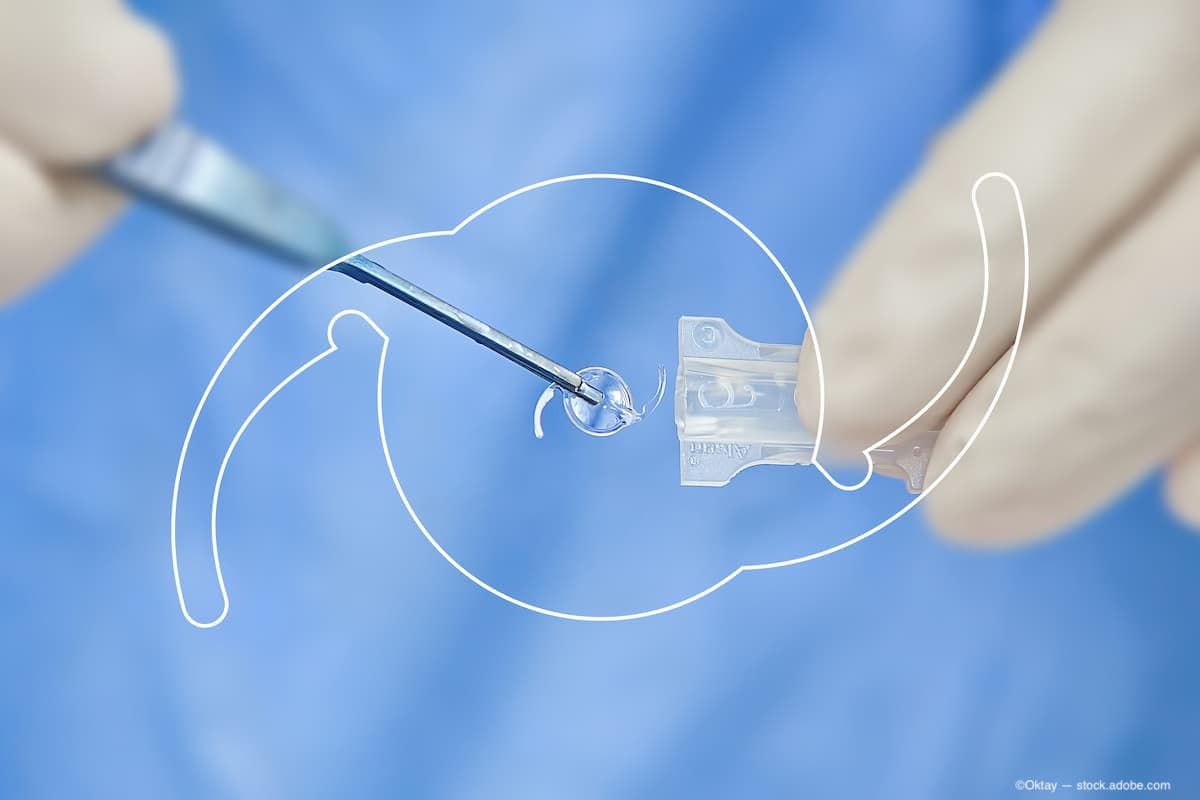Video
ASCRS Live: Insights and experience with today's EVO intraocular lens
Author(s):
Ophthalmology Times© met with Robert Lin, MD at the 2023 ASCRS meeting in San Diego, where he shared his experience using ICLs in his practice and the advancements that help make these devices the right choice for patients.
Ophthalmology Times© met with Robert Lin, MD at the 2023 ASCRS meeting in San Diego, where he shared his experience using EVO ICLs in his practice and the advancements that help make these devices the right choice for patients.
Video transcript
Editor’s note: Transcript lightly edited for clarity.
Robert Lin, MD:
Hi, I'm Dr. Robert Lin, founder of IQ Laser Vision [and] also assistant clinical professor at the David Geffen School of Medicine at UCLA. Today I'm going to talk to you about our game changer, which is the EVO ICL.
Since the approval, I've been extremely happy. We have performed over 800 procedures since last year, and our patients are extremely happy. I think a lot of doctors and even patients are a little bit wary of ICL because it is an intraocular lens compared to a corneal refractive procedure. But I think comparing the old ICL (which is version 4), which did not have the central port and needed peripheral iridotomies is a totally different lens from what we're seeing today.
What we found is there's been, in fact, one study, a meta analysis study of over 67 clinic sites over a 1- to 4- or 5 -year follow-up period, that there was actually no incidence of visually significant cataracts, which is different from the 1.4% that we had seen with the previous version. So that's a much safer situation to talk to the patients about and for us to deal with.
The second thing is with the central port, that's the other reason why there's much more nutrition to the lens and leading to the lower incidence of visually significant cataracts. The second concern is the peripheral iridotomy which needs to be made in the previous version.
The new version of the EVO ICL actually has three ports and the one, the most important, is the central port. Patients aren't seeing any difference with the visual outcome, but they're having the benefits of less intraocular pressure spikes. In our practice, we've actually had no patients with a IOP of greater than 25 in the postoperative day. So the sizing...the increase in tolerance of patients where if it's a smaller vault or a larger vault... The new lens allows us to safely insert the lens in there with minimal complications.
In my experience, our patients are excited to have this procedure. First of all, there are a lot of patients that have dryness of the eyes, there are patients that have forme fruste keratoconus looking. A lot of probably 20% of our patients were concerned that they might not be a good candidate and we're kind of puzzled by that and we're trying to tell them no surgery or PRK. These are a great group of patients. We've also found that there's a lot of patients that are concerned about trauma to the eye or they just don't want the concept of having the LASIK flap, and these are also extremely great candidates.
So in summary, it's a great technology. STAAR [Surgical] has actually invested in a lot of direct to consumer marketing, including the Jonas Brothers, Joe Jonas, and now we're seeing Strus in the NBA, they're still in the NBA competition right now.
We're finding that more and more patients are actually coming to us and asking about EVO ICL and that really helps with the conversion of these patients from a laser vision correction platform to EVO ICL, which is a little bit more expensive. But using ASCs that are more cost effective or using office based surgery, we can reduce the cost so that it is very, very affordable for ourselves and very profitable and also for our patients to be more affordable for them, and we have different payment plans that make it affordable. What I like to tell the patients is 'hey, you came in for laser vision correction, would you like to hear about something that's even better for your eyes based on your test?' and of course they say 'yes,' and then we tell them about this great new technology.
Newsletter
Don’t miss out—get Ophthalmology Times updates on the latest clinical advancements and expert interviews, straight to your inbox.




